


Google Ads has long been a significant participant in the field of online advertising. Yes, it’s fantastic, but circumstances change. On the Internet, people are searching for fresh advertising options. This post will discuss several intriguing alternatives to Google Ads that may be of interest to you.
Continue reading if you want to try something new, are on a tight budget, or want to reach a particular demographic. We’re going to demonstrate a couple of platforms for you so you can advertise online in brand-new ways. Let’s examine the top Google Ads alternatives now to improve your digital marketing!
Here are some modern options:
Each of these options has its strengths, so choose the ones that fit your audience and goals best. And keep an eye out for new platforms as the digital advertising world keeps evolving!

Considering that Google processes over 4.2 billion searches every day in 2025, it’s clear that your target audience is interested in your services. Undoubtedly, most companies use Google to advertise. However, the price of Google advertising has increased due to the fierce competition for clicks. Some clicks on your advertisement, depending on your niche (especially if you work in the banking, legal, or healthcare sectors), may cost you $150 or more as of 2025.

There are three other reasons to think about alternatives to Google advertising in addition to the high cost-per-click:
If you are interested in searching for Google Ads alternatives, keep on reading the next paragraph.
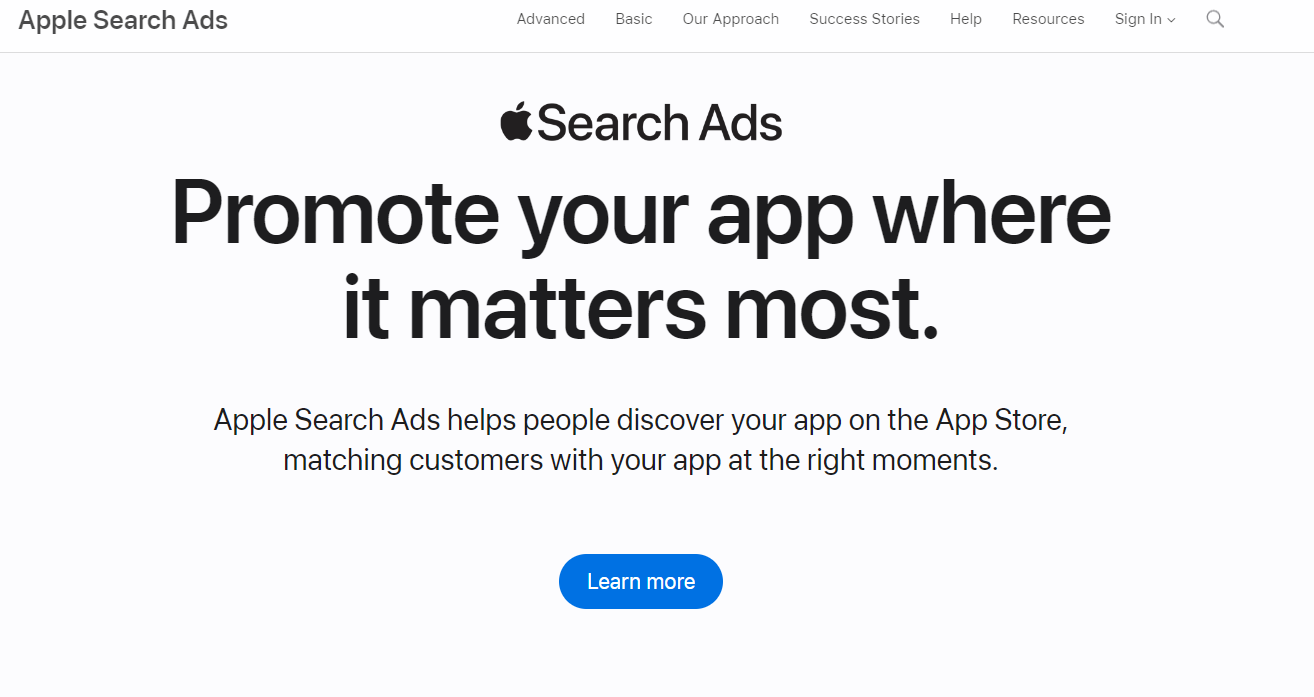
Apple has expanded its advertising ecosystem well beyond app promotion. Since the iOS privacy changes implemented in 2021, Apple has built a formidable advertising business that now extends across its devices and services, including Apple TV+, Apple Music, and even Apple Maps.
With over 2 billion active Apple devices worldwide as of 2025, the platform offers sophisticated targeting while maintaining its privacy-first approach through cohort-based analytics rather than individual tracking.
The company’s 2025 introduction of Apple Vision Pro advertising formats has created new opportunities for immersive marketing experiences. Advertisers can now create spatial computing ads that blend digital content with physical environments in ways previously impossible.
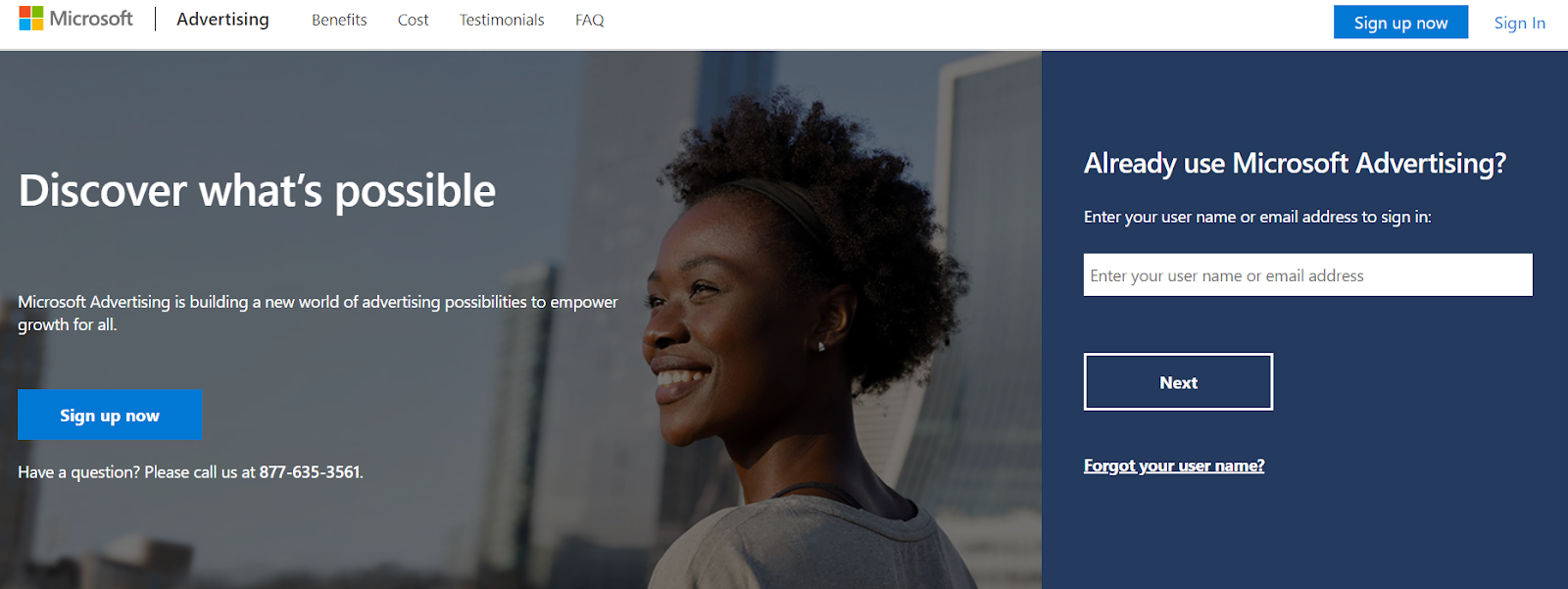
Microsoft Advertising has evolved significantly, now reaching over 700 million users worldwide across all Microsoft platforms. The 2024 integration of AI copilot features has transformed how ads are created and optimized on the platform. Advertisers can now generate multiple ad variations with a single prompt and receive performance predictions before launching campaigns.
Your Microsoft Advertising ads will appear across all Microsoft platforms and devices, such as Copilot, Edge, Office, Xbox, and Windows. They also appear on partner websites such as The Wall Street Journal, AOL, and InfoSpace through the Microsoft search network.
With Microsoft’s 2025 acquisition of several digital media properties, their reach has expanded considerably. Based on factors such as age, gender, interests and time, you can also control who sees your ad and when. This is a smart strategy to attract a large audience.

One of the leading advertising networks, offering global reach and many benefits for both advertisers and publishers. Clickadu has an SSP – a toolkit to ensure statistics transparency and campaign automation, with multiple setup options to target relevant audiences. Fraud and bot filters – Machine Learning-based algorithm to filter poor-quality traffic.
Qualified support team – A team of expert managers concerned about your success, and many other benefits such as:
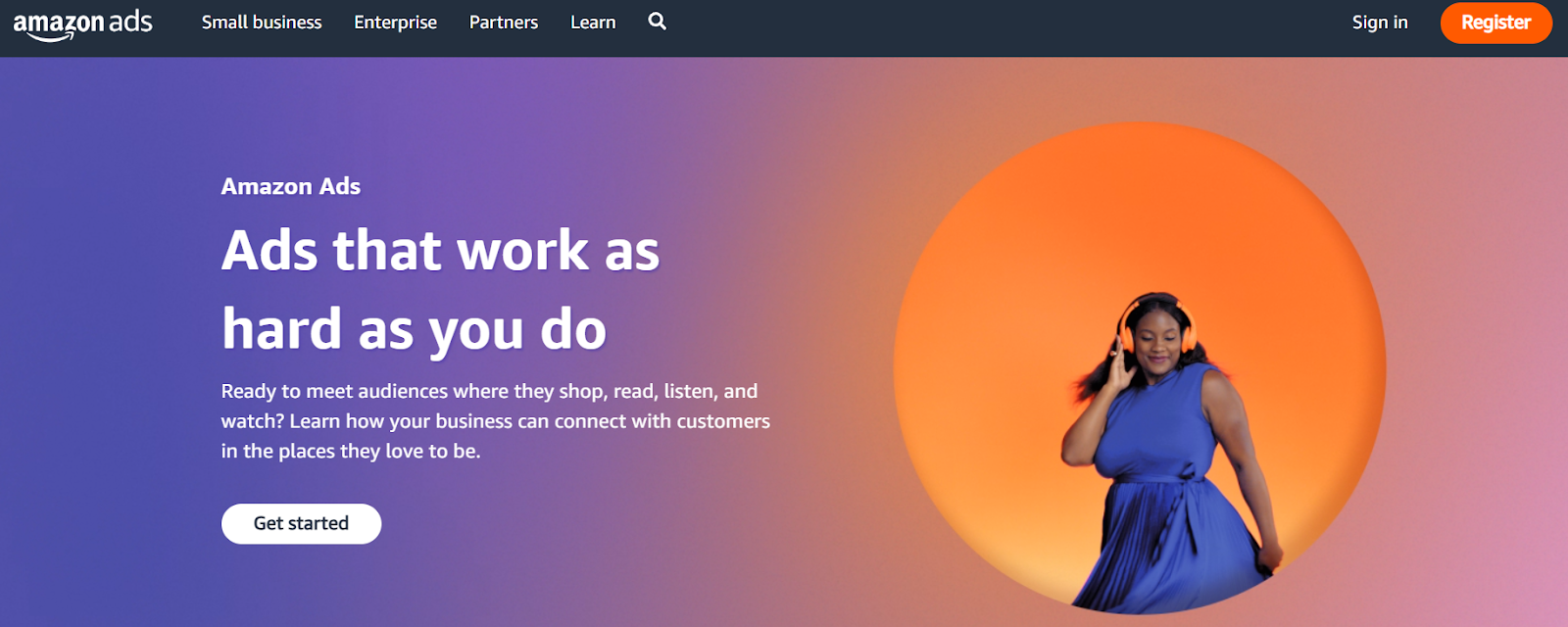
Amazon Advertising has transformed into the largest retail media network, now offering sophisticated options beyond simple product listings. The platform has expanded to include streaming TV ads on Prime Video, programmatic display advertising, and sponsored content across Amazon’s expanding ecosystem.
Just like Google users research before buying, Amazon users come to Amazon to make a purchase. They’ve usually already decided what they want to buy; they just need to decide the price and brand. Amazon users are at the end of their buying journey, making it ideal for e-commerce store owners selling physical products.
The 2025 launch of Amazon’s “Purchase Prediction” targeting allows advertisers to reach customers who are statistically likely to buy specific products based on their behavior patterns, even before they’ve searched for those items. With over 300 million active customer accounts worldwide, Amazon Advertising has become essential for any brand selling physical products.

LinkedIn has solidified its position as the premier B2B advertising platform. With over 950 million professionals on the platform in 2025, it offers unprecedented access to decision-makers across industries.
The platform’s 2024 integration with Microsoft’s Copilot has enhanced its targeting capabilities, allowing advertisers to identify potential customers based on company growth signals, hiring patterns, and professional content engagement.
LinkedIn offers various ad types, including immersive video messages and interactive carousel ads to tell your brand’s story. You can retarget with contact lists or use the LinkedIn Insight Tag on your website to reach visitors. For B2B marketers, LinkedIn’s ability to target by job title, company size, industry, and seniority makes it invaluable for lead generation campaigns.
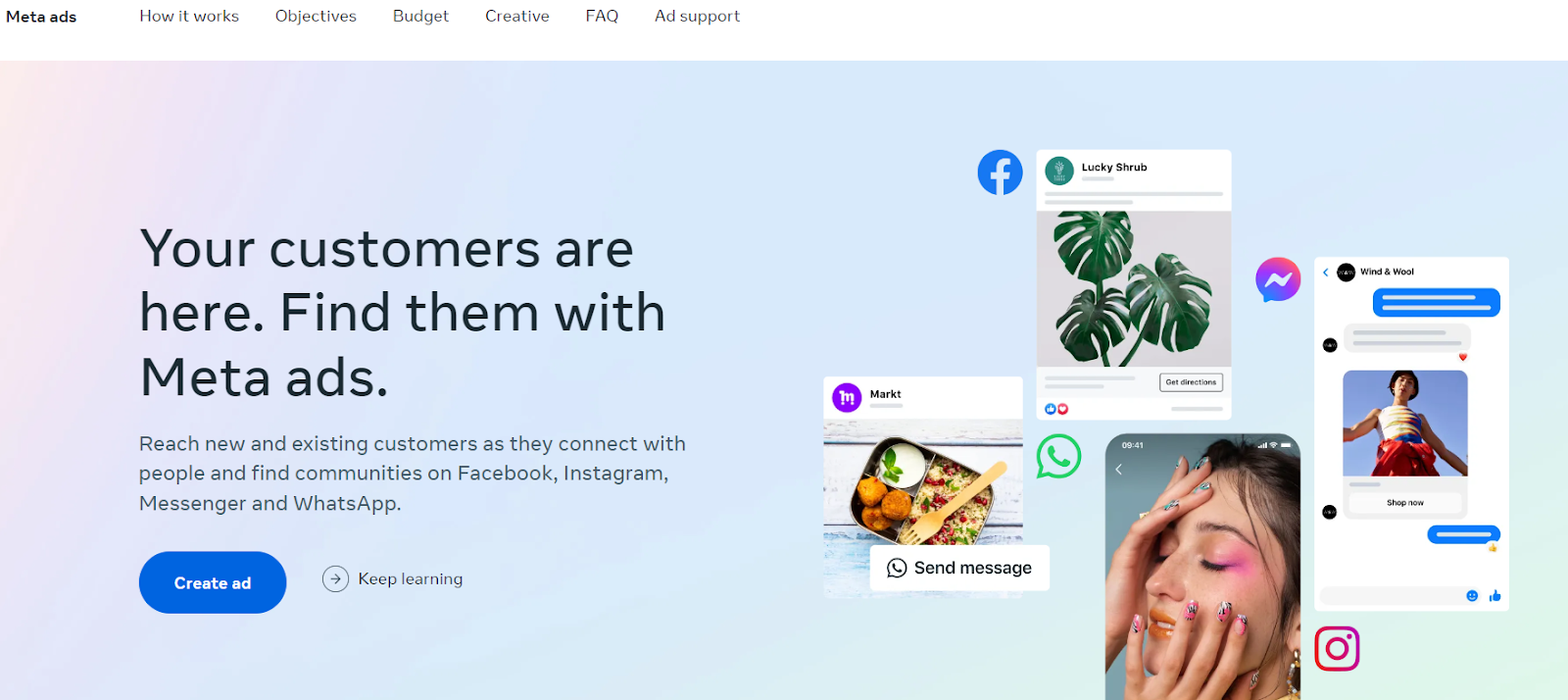
The rebranding of Facebook Ads to Meta Business Suite in late 2024 brought significant changes to the platform. The unified advertising system now encompasses Facebook, Instagram, Messenger, WhatsApp, and Meta’s AR/VR environments, including their Horizon Worlds metaverse. With 3.2 billion monthly active users across their platforms, Meta offers unparalleled reach.
Meta’s advanced AI targeting capabilities have improved significantly despite the continued privacy restrictions. Their predictive customer journey modeling helps advertisers reach users at the optimal moment in their purchase decision process.
The 2025 introduction of “Immersive Shopping” formats allows users to virtually try products before purchase, driving higher conversion rates for e-commerce advertisers.

Formerly Twitter Ads, X Premium Advertising has undergone significant changes since its rebranding. The platform now offers enhanced targeting options based on users’ content preferences and engagement patterns. With approximately 350 million monthly active users in 2025, X remains an important platform for real-time engagement and trending topics.
The platform’s 2025 introduction of “Conversation Ads” allows brands to sponsor relevant discussions and participate authentically in trending conversations.
X Premium’s strength lies in its ability to capture attention during live events, breaking news, and cultural moments, making it particularly valuable for time-sensitive campaigns and brand awareness initiatives.
As traditional cable television continues to decline, Connected TV platforms have emerged as powerful advertising channels. Roku, Hulu, Disney+, Netflix, and other streaming services now offer sophisticated ad targeting options that combine the impact of television with the precision of digital.
With over 75% of U.S. households using CTV devices in 2025, these platforms offer access to audiences that have largely abandoned traditional television. The 2025 introduction of universal CTV measurement standards has made it easier for advertisers to compare performance across platforms and integrate CTV into their broader media strategies.
Beyond Amazon, numerous retailers have built robust advertising platforms leveraging their first-party customer data. Walmart Connect, Target Roundel, Kroger Precision Marketing, and others have created competitive advertising ecosystems that allow brands to reach consumers with high purchase intent.
These retail media networks have grown significantly in 2025, now accounting for approximately 15% of all digital ad spending. Their strength lies in closing the attribution loop—advertisers can directly connect ad exposure to purchases, whether online or in physical stores. For CPG brands and consumer goods companies, these platforms offer targeted reach with measurable ROI.
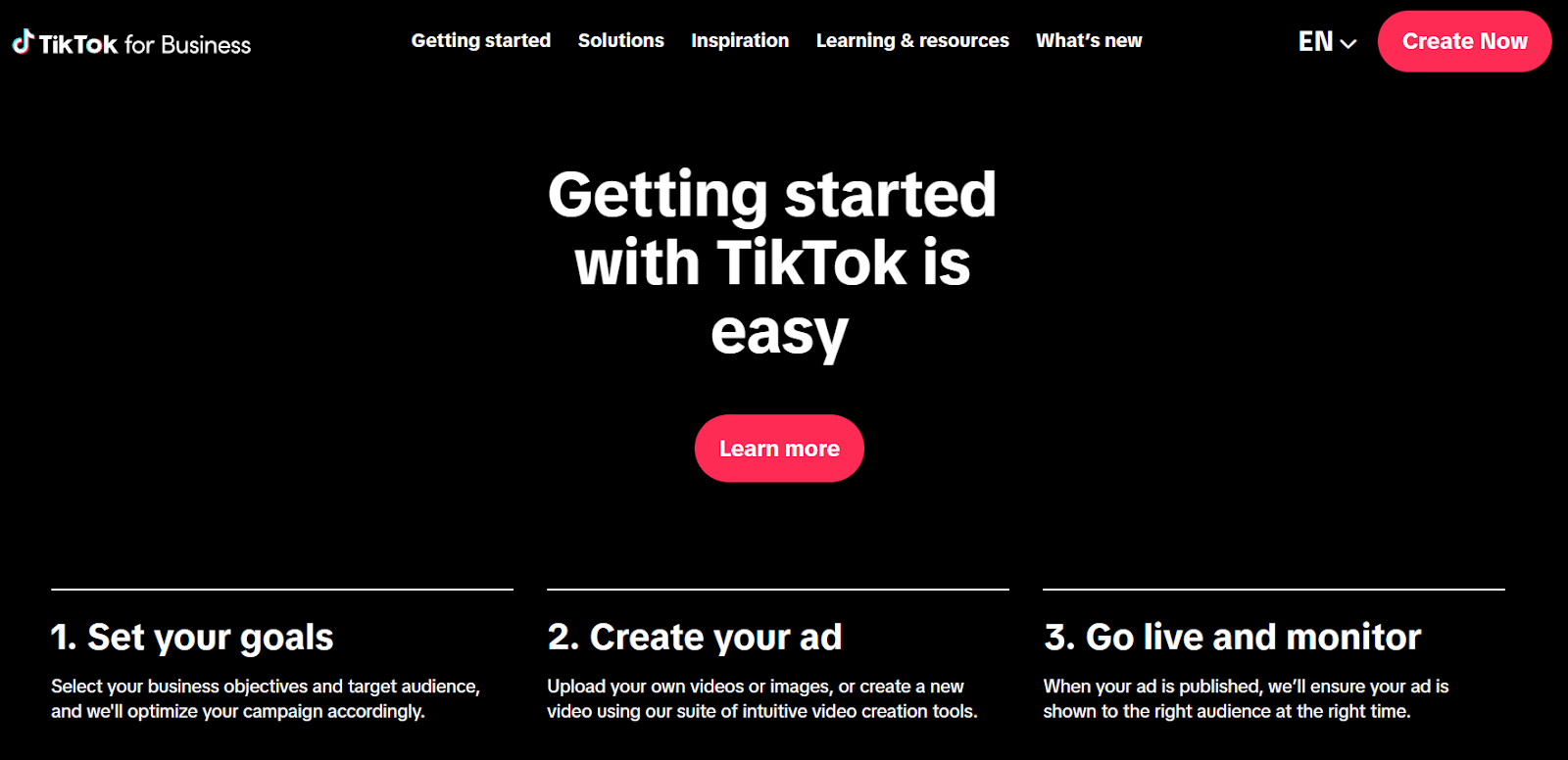
TikTok has evolved from a simple video platform to a comprehensive e-commerce ecosystem. With over 1.5 billion active users globally in 2025, TikTok’s influence on consumer behavior continues to grow. The platform’s “Shop” feature, fully rolled out globally in 2024, allows users to purchase products without leaving the app.
TikTok’s algorithm excels at matching content with interested viewers, often resulting in higher engagement rates than other platforms. The platform’s 2025 introduction of “TikTok Creator Marketplace 2.0” has streamlined brand-creator collaborations, making influencer marketing more accessible and measurable.
For brands targeting Gen Z and younger Millennials, TikTok has become an essential advertising channel, with particularly strong performance in fashion, beauty, and consumer goods categories.
Snapchat has doubled down on augmented reality as its advertising differentiator. The platform’s AR capabilities allow brands to create immersive experiences that blend digital content with the physical world. With approximately 500 million monthly active users in 2025, Snapchat remains particularly popular with younger demographics.
The platform’s 2025 introduction of “AR Commerce” allows users to virtually try products before purchase, with direct buying capabilities built into the experience. For fashion, beauty, and home decor brands, Snapchat’s AR tools offer unique ways to showcase products in context, driving higher engagement and conversion rates.


To sum it up, there are many options beyond Google Ads for your digital advertising needs. Each platform has its strengths, from Meta’s reach to LinkedIn’s professional focus and Amazon’s e-commerce prowess.
The key is to choose the platforms that match your goals and target audience. Test and adapt as needed, and consider working with specialized agencies that understand the nuances of each platform.
As privacy changes continue to reshape digital advertising and new technologies emerge, the most successful advertisers will be those who build first-party data assets, create compelling creative across formats, and maintain flexibility in their channel strategy.
So, as you explore beyond Google Ads, keep experimenting to find the perfect fit for your business in the diverse world of digital advertising.
Learn more about 2025 digital advertising trends in this comprehensive industry report.
Table of Contents

I can always count on your blog for useful content. Thanks!